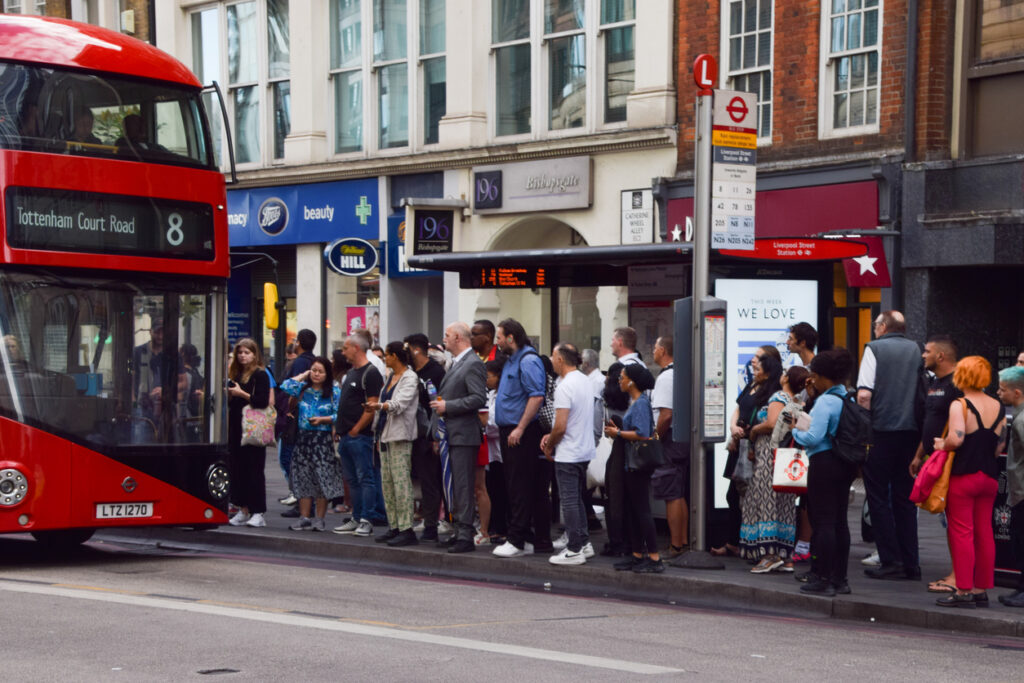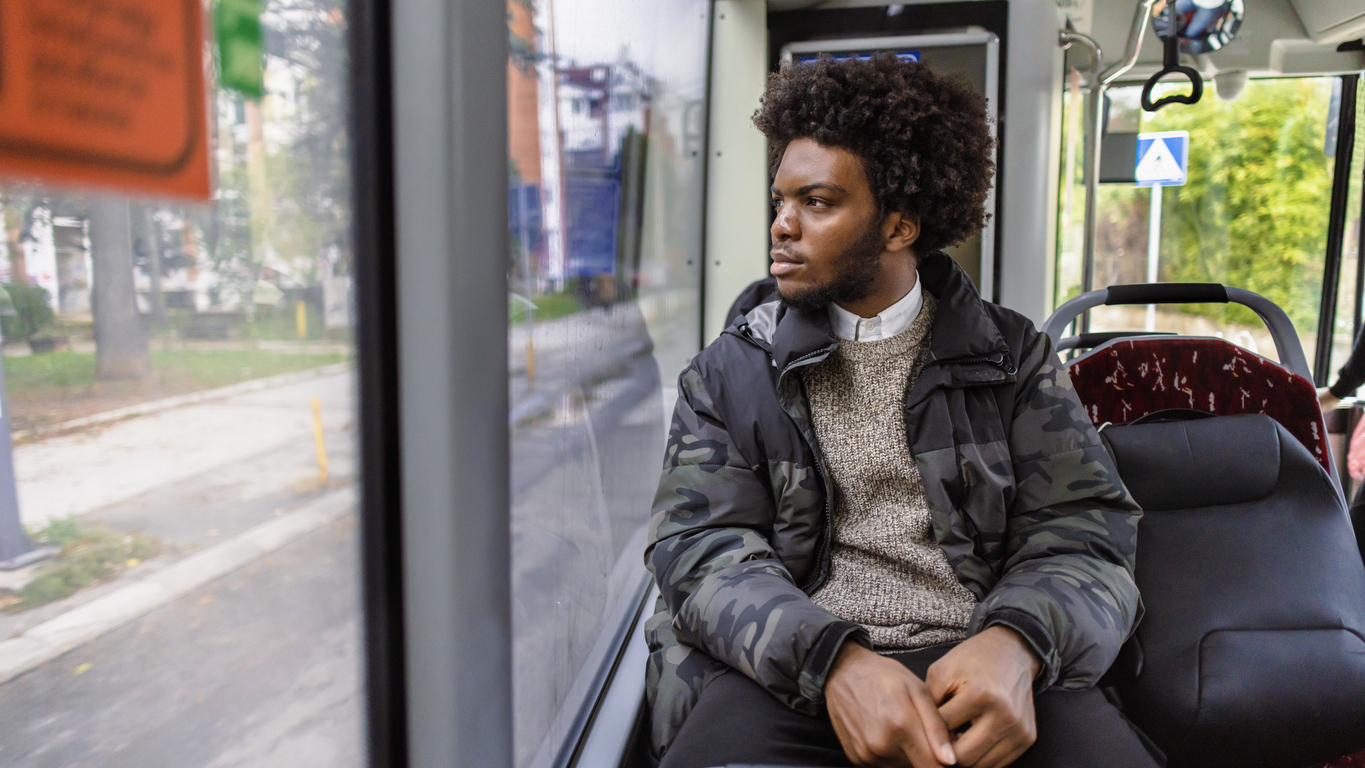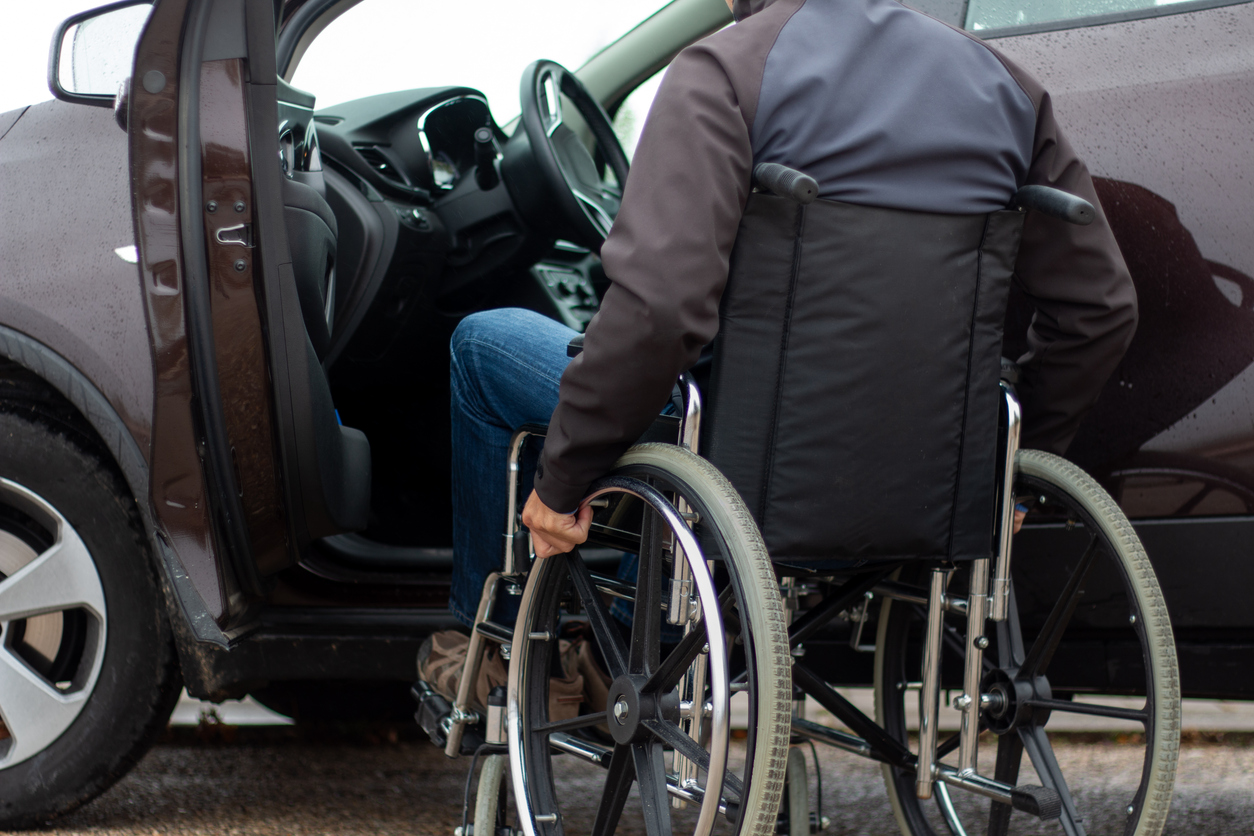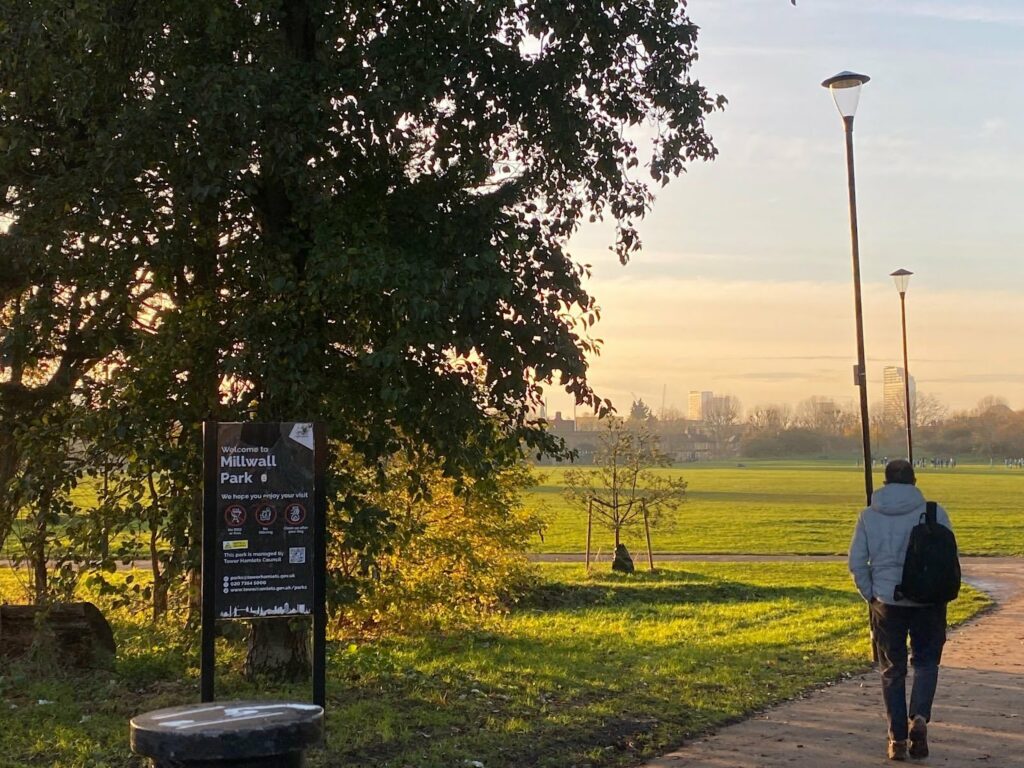Lonely Roads: How England’s Transport Decline is fuelling the Loneliness Epidemic

By Gideon Salutin, Gideon Salutin is a senior researcher with the Social Market Foundation.
This article was originally featured on The Social Market Foundation’s website
Transport is rarely suggested as a culprit for England’s loneliness epidemic. In this blog, Gideon Salutin presents first-of-its-kind analysis showing a clear link between car dependency and loneliness – put another way, failing to provide alternatives to cars is making people more lonely and more isolated.
The Geography of Disconnection
Everyone has a friend or a partner who lives too far away. Meeting them requires a commute, and if it takes too long , the relationship will fizzle out. There’s even dating-app slang for these untenable soulmates – GU: geographically undesirable.
This leaves those in less accessible areas feeling lonely, isolated, and disconnected. Those who lack alternatives to their car are particularly vulnerable as they tend to live further from social spaces and local services where they might connect with others. To get there, it will take them more time and money, disincentivising social activity. International studies have confirmed the correlation between car dependence and loneliness in the US, EU, Australia, and elsewhere.
Yet transport is rarely suggested today as a culprit for England’s loneliness epidemic. A Department for Transport report last year concluded that it played only a “limited” role after examining whether car users experienced more loneliness than public transport riders. But this simplistic research method ignored key factors. Public transport users were defined as anyone who had ridden a bus or train in the past four weeks, including many who primarily drive a car. Further, it avoided the geographic element common in foreign studies which look at how one’s local environment, like highways and car parks, intensifies loneliness. Finally, it missed a key question: what about those who aren’t travelling at all?

A New Approach to Measuring Loneliness
Our first-of-its-kind analysis shows a very clear and statistically significant link between car dependency and loneliness, with results indicating that loneliness increases by 5% for every 20% fall in satisfaction with public transport and active travel. Put another way, failing to provide alternatives to cars is making people more lonely and more isolated.
The results were clear. Across all four loneliness indicators – feeling lonely, left out, isolated, or lacking companionship – in every region, as car dependency increases, people are more likely to feel lonely and disconnected. We found a correlation showing that for every 20% satisfaction with alternatives fell, respondents felt:
- 5% more lonely.
- 4.1% more left out.
- 3.2% more isolated.
- 2.9% more of a lack of companionship.
Our analysis began by developing a car dependency index based on the Department for Transport’s National Transport Survey. This survey asks respondents how dissatisfied they are with their trains, buses, walking, and cycling infrastructure. We treated those who reported higher levels of dissatisfaction as more likely to depend on their car, studying people’s perception of travel options rather than their actual behaviour. This was to account for those households with perfectly viable public transport and active travel options that still prefer driving, such as SUV owners in Kensington and Chelsea.
We then checked how closely car dependence correlated with those feeling lonely, isolated, left out, or a lack of companionship. We controlled for variables that might bias the results, including income, sex, age, marital status, education, and rural-urban classification, and limited analysis to 2019-2023 when data on loneliness first became available. In addition, we only looked at those who had answered that they were “neutral” or “satisfied” with at least one aspect of their transport services, to exclude those who were biased towards negative answers.
The correlation was found across the country and was statistically significant in all but one region. Car dependency was shown to have the highest impact on loneliness in rural towns, and the least in cities, where people are more likely to have stronger alternatives. To confirm this trend, we tested loneliness against two modified models.
The first included those who had only answered negatively when asked about their travel services, who had previously been excluded, and found that the correlation was again statistically significant. We also tested loneliness against a separate definition of car dependency based on actual behaviour, measured as the share of total journeys taken by car. This again showed a statistically significant correlation with loneliness.
Why Car Dependency Drives Loneliness
There are various explanations for why increasing car dependency increases loneliness. One answer is that it leaves people with fewer ways to reach others, cutting them off from job sites, pubs, and other social spaces. It might also be that the infrastructure we build to support motoring paradoxically builds more barriers, as elevated motorways, wide roads, and sprawling car parks replace what might have been walkable neighbourhoods and green spaces. Given that driving tends to poorly affect stress and health, and is relatively expensive, it’s also possible that it leaves people more vulnerable to loneliness and isolation. Driving might not be possible for those who are disabled or who are in poverty, cutting entire demographics off from society.

Finally, some theorists speculate that cars themselves could be the problem, keeping us shut in our “little steel protection box,” isolated from the outside world. Driving also means you can’t drink, which can be an exclusionary factor in many social settings.
This is not to say any driving causes loneliness. Having a car gives millions of households the opportunity to reach social spaces and forge new connections. But there is a point where drivers start to see decreasing returns. In the US, researchers recently found that for people whose motoring represents over 50% of their trips, loneliness tends to increase. People may need a car to reach distant locations but start to feel isolated if they can’t also take a stroll through their neighbourhood or catch a bus to their local.
A good way to think about this is measuring how essential a car is to overall life satisfaction. In places with poor public transport or active travel infrastructure, having a car is necessary for people to access the jobs, schools, parks, and social centres that make them happy. In Athens, with its poor public transport infrastructure, car ownership greatly increases people’s life satisfaction. In Oslo, where residents have more alternatives, car ownership still tends to increase satisfaction, though the effects are less pronounced. In Beijing, where residents enjoy some of the most efficient public transportation in the world, car ownership has very little impact at all on life satisfaction.
England’s Growing Dependence on Cars
Here in England, the average household outside of London makes between 60% and 65% of their trips by private vehicle, and apart from a 5% drop between 2015 and 2020, that number has barely budged in the past fifteen years. That’s well beyond the 50% of trips American researchers theorise as the point when drivers begin to feel more lonely.
It doesn’t help that half of England’s locally-registered bus routes have been cut since 2010, particularly in deprived areas. And researchers from the New Economics Foundation recently found the problem will only get worse, as we’re building an increasing proportion of homes in car dependent areas where residents will find themselves “trapped behind the wheel.”
A Policy Path Forward
Recent government policy represents a step in the right direction. The £15bn announced for major transport infrastructure will be a powerful tool to address loneliness in benefiting areas. But more needs to be done. Government should take steps to reverse the decline in bus routes, particularly in disadvantaged areas, while requiring that future housing developments account for local transport needs. Throughout, a goal should be established at DfT and MHCLG to lower the number of households making over 50% of their trips by car.
Lilian Greenwood, the Under-secretary of State for the Future of Roads, knows the danger of loneliness. Last year, she stood in the House of Commons to warn that “loneliness has risen by half a million since 2020” while calling on Government to refresh the national loneliness strategy. Ultimately, loneliness is a multi-layered phenomenon, as accountable to individual behaviour as it is to public policy. But by reinvesting in local transport and planning, Greenwood could help design that new strategy herself.
Appendix
To view the appendix, please click here
Biography

Gideon Salutin
Gideon Salutin is a senior researcher with the Social Market Foundation, a cross-party thinktank based in Westminster, where he researches housing and transport among other issues. His views have been cited in the Times, BBC, and the Guardian among others.





Responses